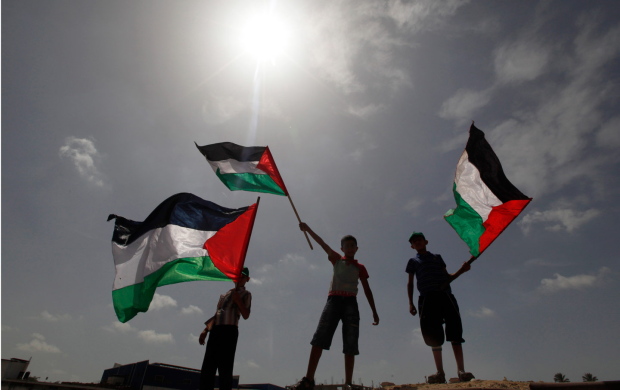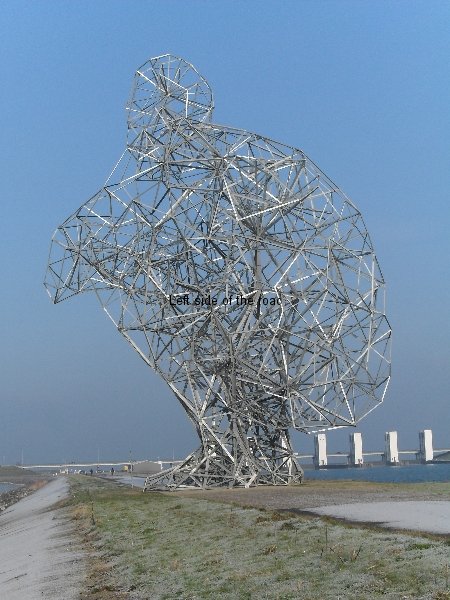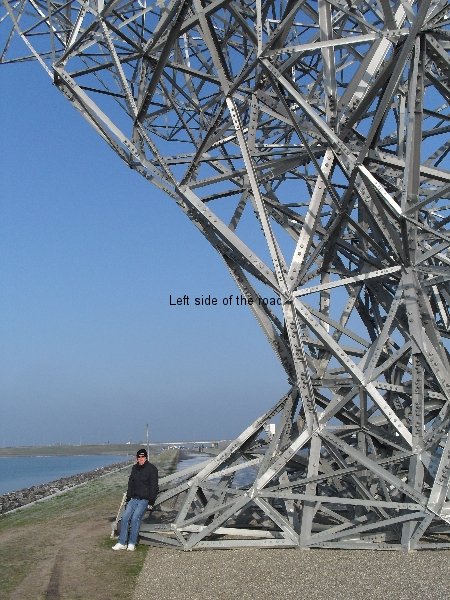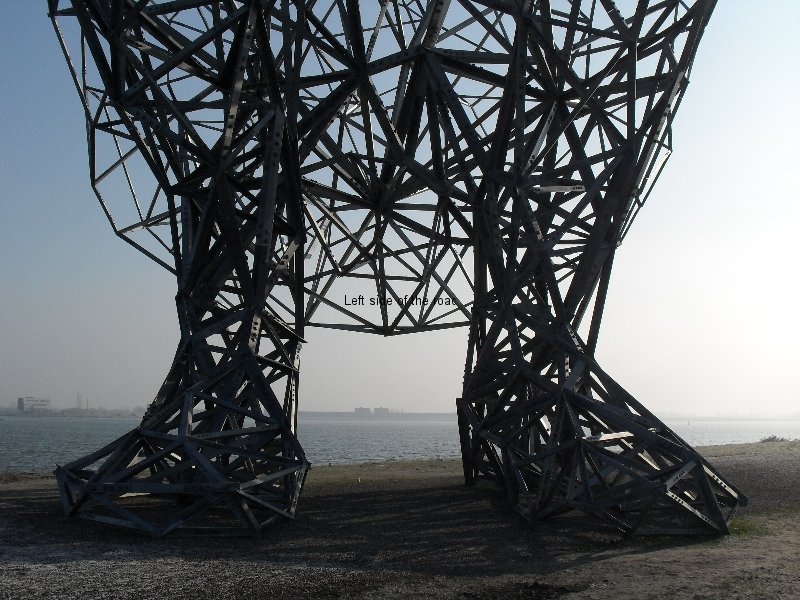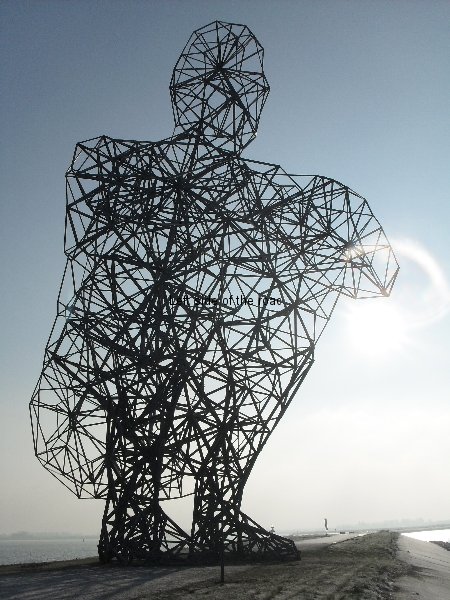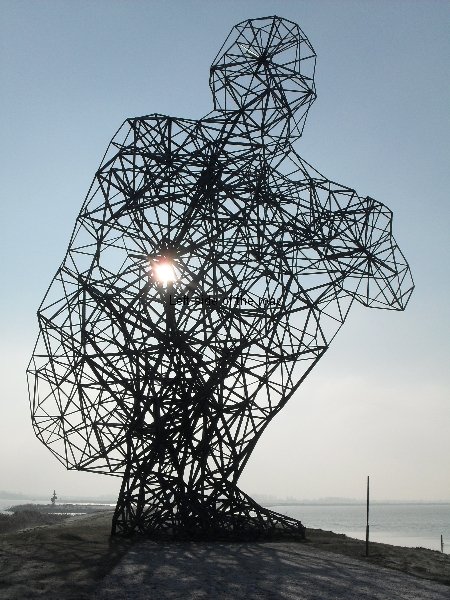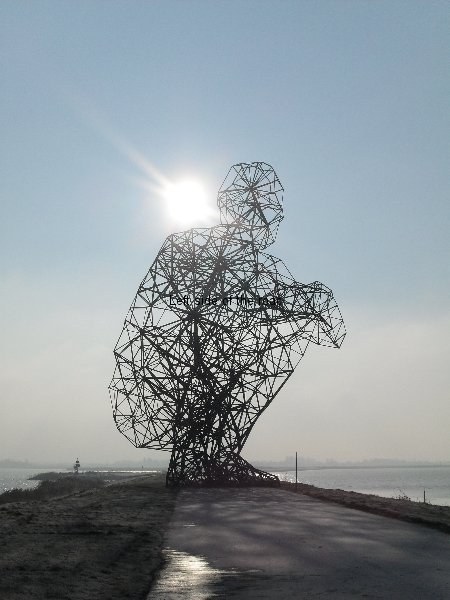‘The Act of Killing’ – about the anti-Communist genocide in Indonesia in 1965-6 – reminds us that the rich and powerful will stop at nothing to maintain their position and that there are always sufficient low-life scum bags to carry out their dirty work.
The ‘hero’ (if such a term can be used of a film populated by low-life hoodlums and thugs, fascist para-militaries, corrupt, sycophantic and venal politicians) is a mickey mouse one time ticket tout. It seems the main reason he was against the Communists in Indonesia in the early to mid 1960s was the fact that they campaigned against the showing of American films in the local cinemas.
This effected his income as he would cream his protection money off the price of the tickets sold to the ordinary punter, stealing pennies from those already with little. After this bold piece of criminality he would then cross the road to the local police station and then proceed to bludgeon to death any ‘communists’ that might have been brought in that day. After a while the smell of the blood became too much and ‘improved’ his killing technique by using wire to garrotte his victims.
‘Communists’ is in parenthesis as in the fascist genocide of 1965-6 in Indonesia you were a ‘communist’ if you were in any way opposed to the usurper president, Suharto. This included trade unionists, peasants fighting for something more than subsistence, writers and artists with a progressive leaning and anyone else who was against following the diktats of foreign imperialist interests.
Communists should never be surprised when they are targeted by reactionary forces. They should understand that if they do their job properly they are the bête noir of capitalism and imperialism and in the same way that quarter will not be given they cannot expect kid glove treatment in return. Unfortunately in too many incidences before and since the massacre of 1965/6 Communists in different parts of the world have shown an unbelievable naiveté in their dealings with capitalism and imperialism.
But it was in Indonesia that reactionary forces realised that branding anyone who was considered not totally malleable and compliant as a ‘communist’ gave the fascists a carte blanche to make the streets and rivers run with blood.
And this was with the support of the principal imperialists at that time, the British and the Americans. Under the ‘liberal’ Kennedy the American government and the Central Intelligence Agency (CIA) were making noises and actual plans to unseat President Sukarno, seen as a threat to imperialist interests in the region and too friendly to the People’s Republic of China. The US intervention in Vietnam was stepping up and only increased when Kennedy was replaced by Johnson.
The British from the 1950s had seen Indonesia as a problem and potential threat to their interests in the region (after the British had been involved in another dirty and vicious counter-insurgency war in Malaya) and this didn’t change one iota after the replacement of the Conservatives by the Labour government of Harold Wilson. It was that Labour Government, coming in as it did after ‘Thirteen Years of Tory Mis-rule’ that gave the Indonesian fascists the green light to institute the ‘forgotten’ genocide of the 20th century.
For the murder of up to 3 million (no one has come up with a definitive assessment of the actual death toll) poor and humble members of the working class and peasantry has been virtually wiped from history. The Socialist countries condemned the senseless and mindless killings but the ‘democratic’ west said nothing. And considering the scale of the killings there hasn’t been much in the way of cinema representations of the events, ‘The Year of Living Dangerously’ (1982) directed by Peter Weir, being the only that comes to mind.
The genocide in Indonesia opened the flood gates to similar events over the course of the next 30 years. Governments or para-militaries in different parts of the world, from Indio-China to Brazil, from Haiti to El Salvador, from Ceylon to Nicaragua, killed ordinary working people with impunity, with the actual or tacit support of western imperialism
In ‘The Act of Killing’ the director allowed the now aged killers to re-enact their crimes in the cinematic style of their choice and the last major scene involved the massacre and total destruction of a village considered to be ‘Red’. This was a pre-cursor to what was to happen in Vietnam in the next couple of years. The US soldiers who attacked, raped, mutilated, massacred and burnt the village of Son My (known throughout the world as My Lai) on March 16, 1968, leaving 504 dead used the same template as the Pemuda Pancasila (Pancasila Youth) perfected in Indonesia less than three years earlier.
Before the re-enactment of the attack on the Indonesian village we see the para-militaries together with a present day minor minister screaming their blood lust. Even this minister finally realises that this is a bit over the top but suggests (on camera) to the director that the scene should stay in the final cut as it shows their ‘determination’ to keep Indonesia ‘Communist free’. After the filming of the village massacre, where the women and children are visibly traumatised, we are treated to the performance of some slug of a thug waxing lyrical about the chances of raping 14 year old peasant girls, ‘hell for her but heaven for me’. But this is not an historical reflection, more a hope for the future.
These attitudes lead us to what is the main message of the film. Being able to kill with impunity, without any sanction at the time or since; being able to boast about this openly more than 50 years after the event; being able to maintain a gangster culture which is openly accepted by those in power, in what is supposed to be a ‘democracy’ after the disappearance of Suharto from the scene; when you have a government minister speaking at a rally of the Pemuda Pancasila and, in all seriousness, argue that the root of the word ‘gangster’ means ‘free man’, and that such are good for the society; when the Chinese community clearly looks terrified when the para-military thugs pass through the streets (in a scene with another of the murderers we have him boasting that he just went along a street just killing Chinese mean, women and children because they were Chinese); has created a society based on fear.
Opposition to the corruption that is now endemic within Indonesian society has been minimal in the intervening years. And this pattern has been repeated in most of the countries where death squads have been able to persecute the poor and the indigenous communities. Even though the western imperialist might now condemn what happened in the past those acts of genocide have, in all too many cases, produced the required result – an acquiescent population that will put up with anything in order to avoid a repetition of the past.
The ‘hero’ of the film is shown going through something akin to post-traumatic stress disorder. As far as I’m concerned he can burn in his own personal hell, together with his soul mates from Vietnam, through Latin and Central America to Iraq and Afghanistan.
